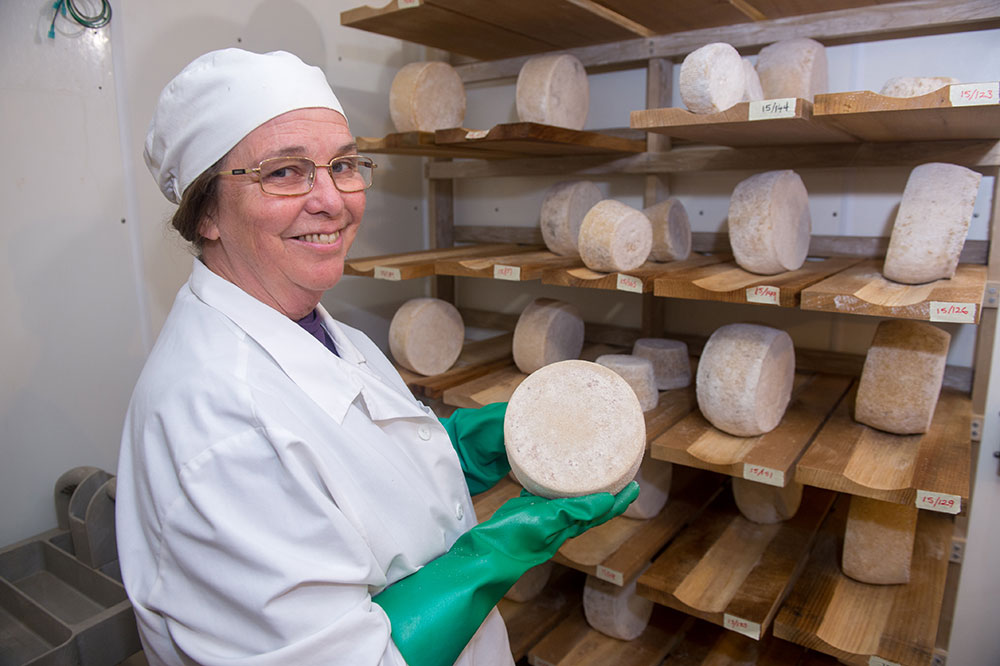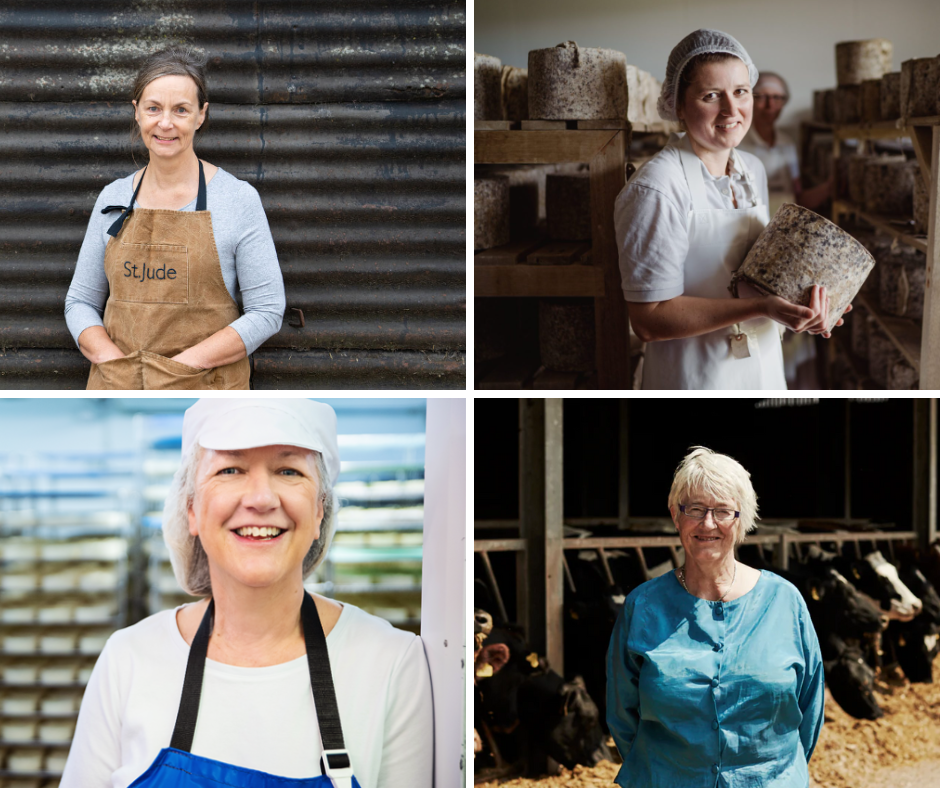Checking Out Melbourne Made Cheese: Why Floridia Cheese Is a Must-Try
Checking Out Melbourne Made Cheese: Why Floridia Cheese Is a Must-Try
Blog Article
Unlocking the Secrets of Artisanal Cheese Making: A Detailed Do It Yourself Guide
In the realm of culinary craftsmanship, artisanal cheese making stands as a testament to the delicate balance between tradition and advancement. Each action in the process, from picking the best milk to perfecting aging techniques, holds within it a wide range of knowledge passed down via generations. As we start this journey to debunk the art of developing beautiful cheeses, we are faced with a tapestry of abilities and keys waiting to be untangled. Join us as we check out the complexities of this ancient craft, where patience, art, and scientific research merge to produce tastes that tantalize the detects.
Picking the Right Milk
When getting started on the trip of artisanal cheese making, the choice of milk plays an important role in identifying the top quality and characteristics of the last product. The kind of milk selected affects the flavor, appearance, and on the whole account of the cheese.
When picking milk for cheese production, it is necessary to take into consideration the fat content. Higher fat content in milk can lead to a creamier and richer cheese, while lower fat material may bring about a drier and stronger texture. In addition, the source of the milk, whether from cows, goats, lamb, or buffalo, adds distinct tastes and attributes to celebrity (Melbourne Made Cheese). Each type of milk brings its very own nuances, permitting a vast array of cheese varieties to be crafted based on the chosen milk. Eventually, the choice of milk is an essential decision that establishes the foundation for a successful artisanal cheese-making undertaking.
Culturing and Coagulating
To launch the cheese-making process, the important actions of culturing and coagulating need to be thoroughly carried out to transform milk into curds and whey. Culturing involves presenting beneficial microorganisms to the milk, which after that begins the fermentation process. These bacteria transform lactose (milk sugar) right into lactic acid, developing the acidic environment needed for coagulation. The type of society used can dramatically influence the taste, texture, and ripening of the final cheese item.

The timing and temperature control during culturing and coagulation are essential aspects that influence the last outcome of the cheese. Appropriate execution of these actions is vital to make sure the wanted structure, flavor, and consistency of the artisanal cheese being generated.
Draining Pipes and Pushing Curds
After the milk proteins have coagulated and the curds have been reduced to release whey, the following critical action in artisanal cheese making entails draining pipes and pressing the curds to accomplish the wanted texture and uniformity of the final cheese item. Draining pipes is the process of dividing the curds from the whey. This can be done by transferring the curds right into a cheesecloth-lined colander or mold and permitting the whey to drain off normally. The moment for draining pipes can vary depending upon the type of cheese being made and the desired wetness web content.
As soon as the curds have sufficiently drained pipes, the next step is pushing. Pushing aids eliminate any continuing to be whey and compacts the curds to create a solid cheese wheel. Pushing can be done utilizing specialized cheese presses that apply gentle and regular stress over a time period. The duration and pressure used throughout pressing will affect the last structure of the cheese, from soft and luscious to difficult and firm. Proper draining and pushing are important steps that substantially impact the top quality and attributes of the artisanal cheese being generated.
Aging and Flavoring Methods
Applying meticulous aging and flavor methods is pivotal in boosting the depth and intricacy of artisanal cheeses, raising their taste profiles to charming levels of refinement and class. Aging plays a critical role in establishing the one-of-a-kind tastes and appearances that differentiate artisanal cheeses. Throughout the aging procedure, cheeses are stored in meticulously regulated atmospheres where elements such as air movement, humidity, and temperature level are manipulated to urge their website the development of beneficial mold and mildews and bacteria. This regulated environment enables the cheese to develop slowly, creating complicated aromas and abundant tastes.
Flavoring strategies likewise contribute substantially to the last taste of artisanal cheeses. Cheesemakers might select to introduce additional tastes by incorporating components such as herbs, seasonings, or perhaps fruits into celebrity during the production process. In addition, some cheeses are cleaned or rubbed with numerous liquids, such as salt water or alcohol, to boost their textures and flavors.
Wrapping and Saving Cheeses

Verdict
In verdict, grasping the art of artisanal cheese making entails meticulously picking the right milk, adhering to precise culturing and coagulating procedures, draining pipes and pressing curds efficiently, and using different aging and flavor methods. Remember to wrap and store your cheeses appropriately to guarantee optimal flavor and texture advancement.
Each kind of milk brings its very own nuances, enabling for a broad variety of cheese ranges to be crafted based on the chosen milk.After the milk healthy proteins have actually coagulated and the curds have been cut to release whey, the following essential step in artisanal cheese making involves draining pipes and pushing the curds to accomplish the desired texture and uniformity of the final look at this website cheese item. Many cheeses should be covered in wax paper or cheese paper to enable them to breathe while safeguarding them from drying out. For cheeses that require to continue aging, such as bloomy peels or cleaned skins, ensure they are kept in an amazing atmosphere like a cheese cave or a fridge set to the ideal temperature. By paying attention to the covering and storage space of artisanal cheeses, cheese makers and lovers can preserve the stability of these delicacies and fully enjoy their complex flavors.
Report this page